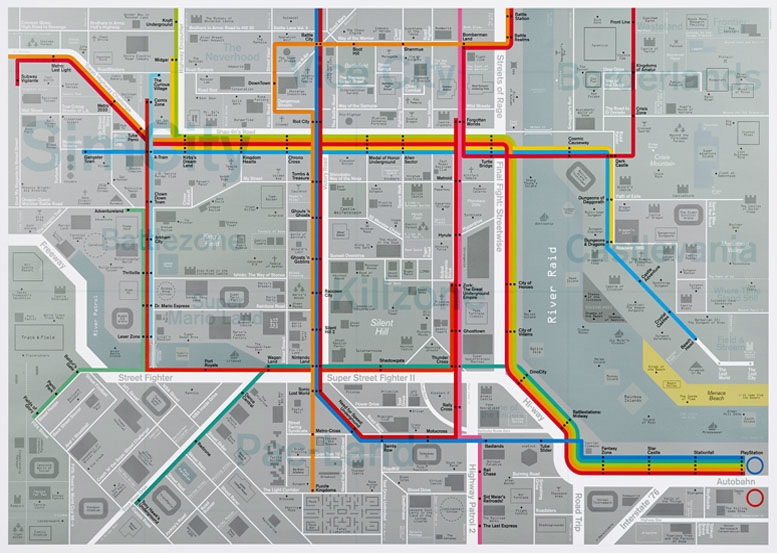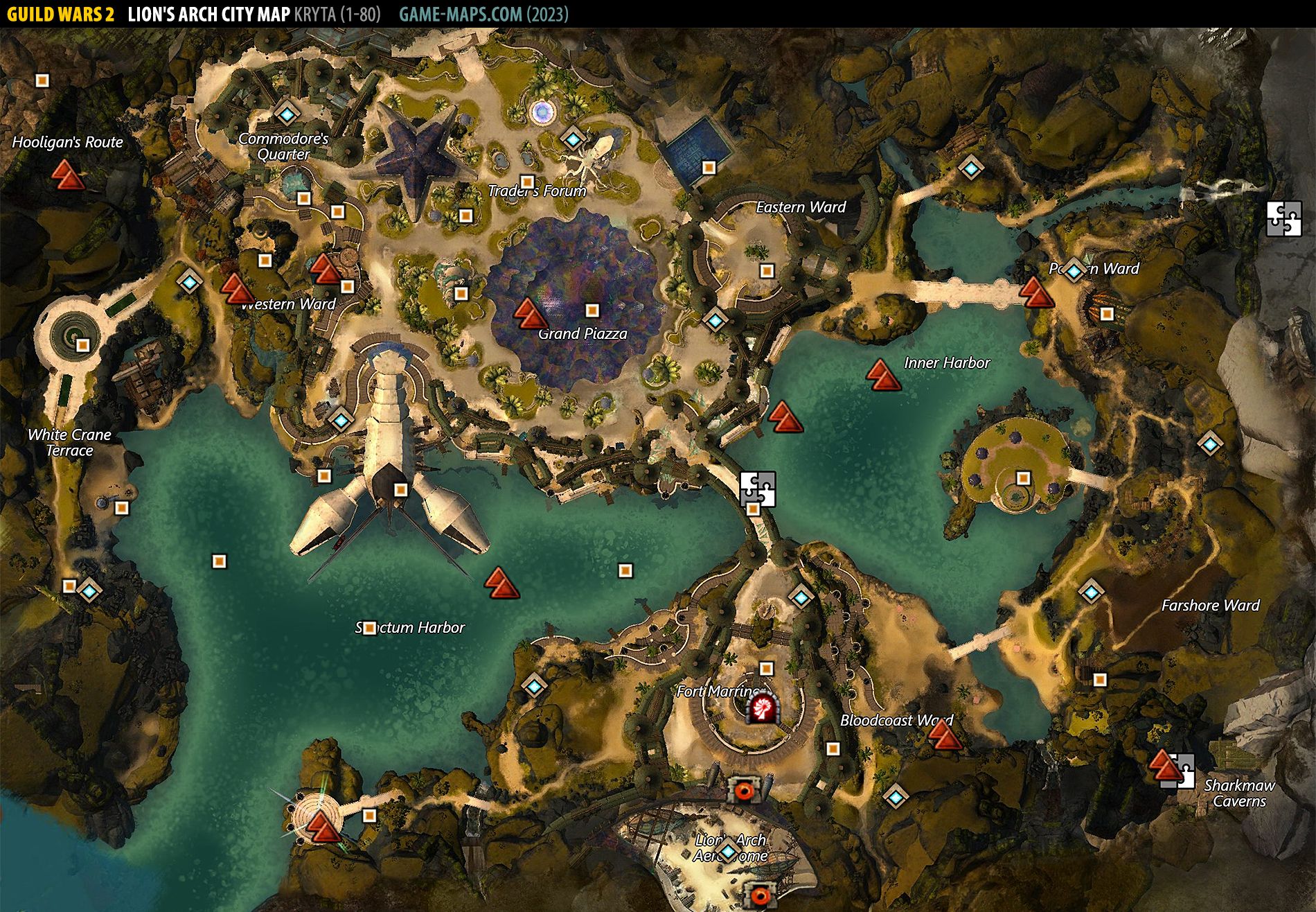

In response, the mini-map in the bottom right corner panned to follow the line I had “fired” to pinpoint the location, then panned back to center on my avatar. With another button press, I could “fire” at what I was looking at, adding a glowing mark to the scope view (Figure 1(E)). I could scan the distant horizon and zoom in (Figure 1(D)). Using the Sheikah Slate in this scope mode shifted the game from third-person (Figure 1(A)) to first-person (Figure 1(B) and (C)).

Upon being pressed, my avatar responded by raising his Sheikah Slate 1 in front of his face like he was going to take a picture with a tablet computer (Figure 1(B) and (C)). This man instructed me to press a particular button on my game controller.
VIDEO GAME MAP DESIGNER HOW TO
While I stood there, the tutorial guide, a non-player character, explained how to use one of the key tools for playing the game (Figure 1(A)). From this vista, I could see far off places of interest, spaces to which I'd eventually travel. The view on top of the tower was astounding. Toups.)Īs I tried to relax between conference submission deadlines, the opening tutorial of The Legend of Zelda: Breath of the Wild had guided me back to the top of a large tower I had visited earlier. (A) Avatar standing next to the tutorial guide atop a tower in third-person view (B) Transition when avatar holds up the Sheikah Slate to activate scope mode (C) Initial view through scope mode, pointed where the avatar is pointing, now in first-person view (D) Pointing the scope at a far-off tower (E) Placing a pin by “firing” at a the tower, resulting in the violet pin being added to the mini map (F) Complete map showing the avatar's location and the violet pin that was placed. Pins appear in the full-screen game cartography interface (F) and in the mini-map (visible in the bottom-right corner of A, C–E). Screenshots from The Legend of Zelda: Breath of the Wild showing its game cartography interface for placing pins through the Sheikah Slate's scope mode in a 3D gameworld.


 0 kommentar(er)
0 kommentar(er)
